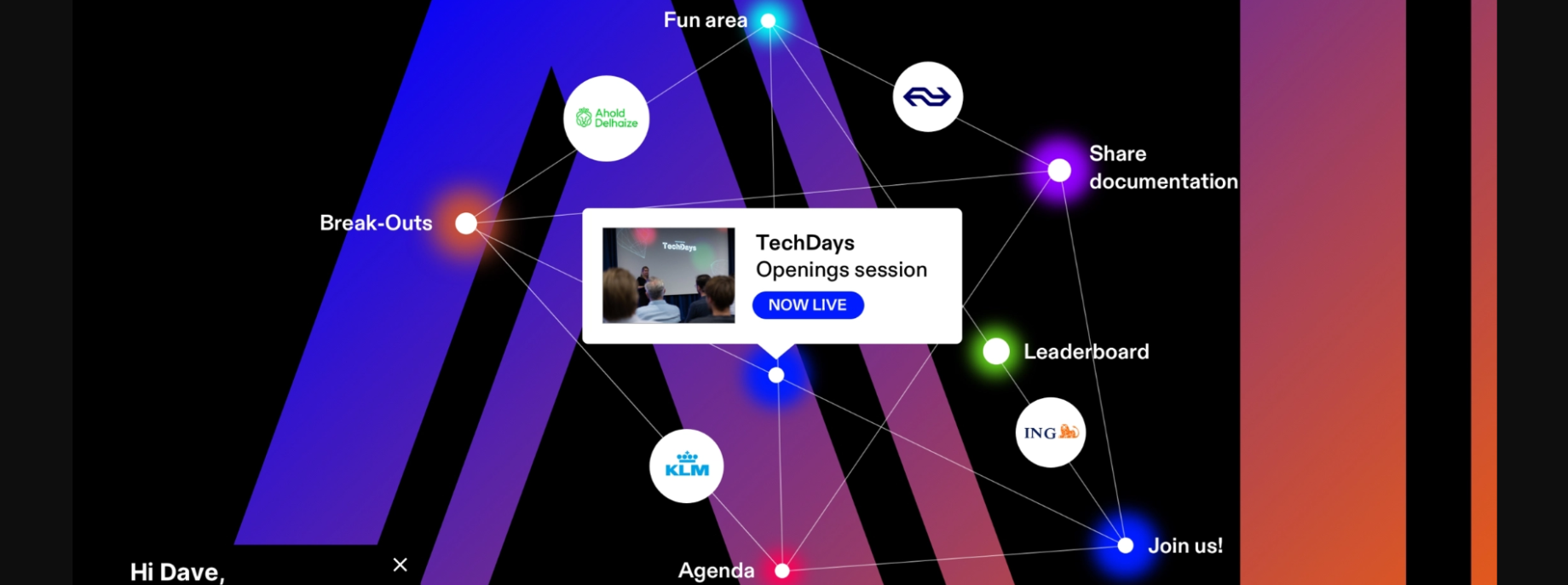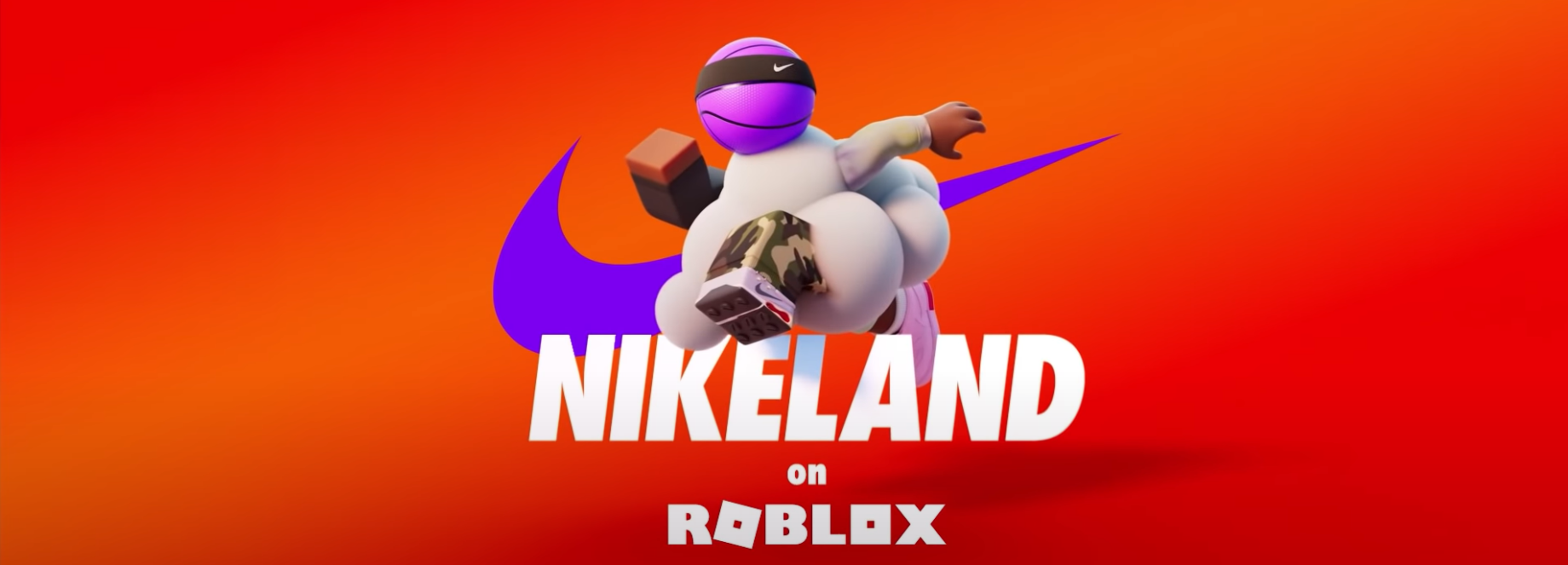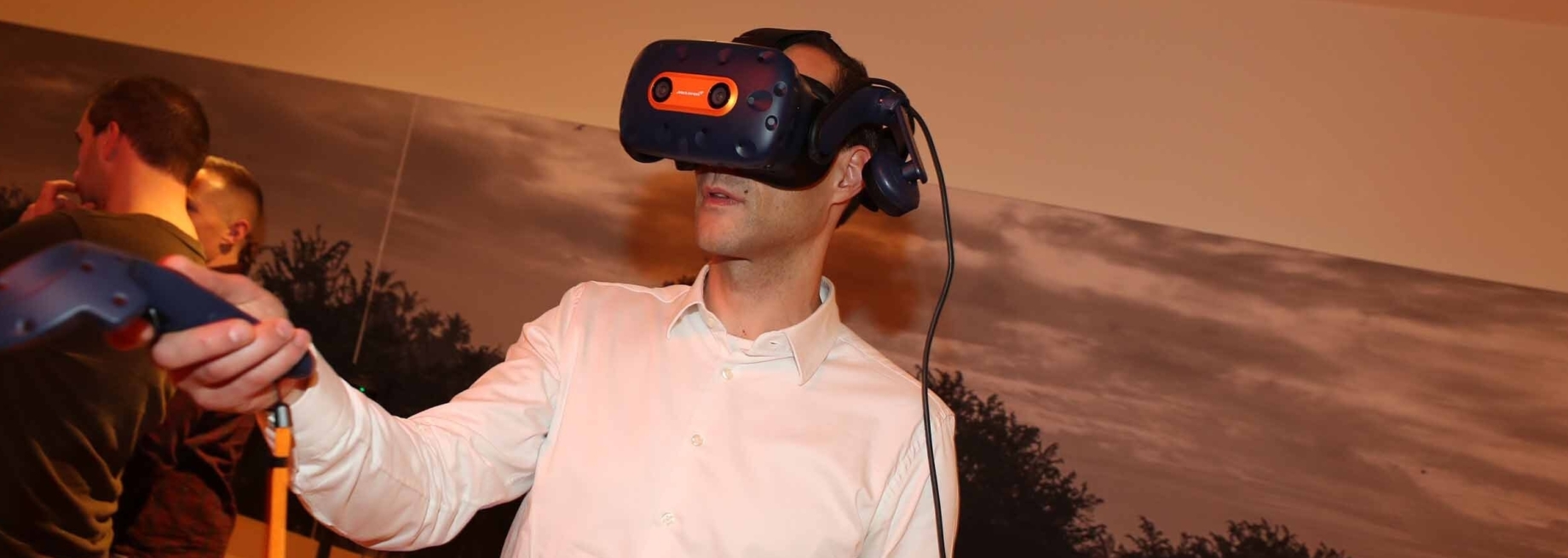The event industry develops every year. The arrival of Covid-19 has given us a new perspective on our 'normal' way of working. After the changes of recent times, we are curious about the near future. Are we going back to the old 'normal' or do we need to digitize our events even more? And how does the content of our events change? The answer to these questions is in line with the event trends of the coming period. To gain more insight into these trends, we have listed the five most interesting ones.
The most important event trends of the upcoming time
Gamefication
By gamification we mean the use of game techniques in a non-game environment. This technique is nowadays increasingly used at events and this is not so crazy. The reason why has mainly to do with a psychological aspect. The application of games, in which one can think of points, prizes and competitions, contributes to psychological satisfaction. People like to do something in exchange for a reward. This psychological behavior ensures that the target group remains more involved in the event. As a result, messages can be conveyed better, objectives are achieved and the information lingers longer. In addition, gamification is also a good icebreaker for networking. Because you have achieved or experienced something together, you are more inclined to talk to those people during a networking drink.
Gamification was already applied in physical form to events before the Covid-19 pandemic. But if we have learned one thing from the past two years, it is that we also have an online world with endless possibilities. That is why gamification has recently become increasingly popular at online events. For example, event platform company Squares organized the KLM Kickstart AI last year. On the developed online platform, visitors could not only register, but also watch all the streamings of the meetups, hackathons and conferences and play games.

The rise of the metaverse
The metaverse is a digital world that you are really part of with your own avatar. Just from your own seat. As virtual and hybrid events become more common, the metaverse is becoming an attractive way to connect people from different parts of the world. In this way, digital and physical are becoming more and more intertwined. This makes an event fully inclusive and also contributes to sustainability.
Perhaps the most important consequence of the metaverse for the event industry is that the metaverse offers unlimited space. Imagine that you organize an event in the Netherlands for an international company with employees from all over the world, but not all of these employees have the money or time to physically attend the event. In this case, the metaverse is ideal. You maintain the interaction between physical and digital attendees and it feels like everyone is really together. Online participants are projected onto the physical event in the form of holograms and, on the other hand, the online participants see the physical attendees as a kind of avatar in their virtual version of the event. This blurs the line between the online and the physical world. Watch how Nike created its own NIKELAND on Roblox here.

Micro events with maximum reach
Micro-events are multiple events that are spread over a certain period of time. These stand-alone events often fall under one theme or have the same core message. Micro-events became increasingly popular from 2020 because they offered a way to continue to organize events in a responsible way, with safety in mind.
Micro-events are not a new form of event. Traditionally, it has been mainly small, online events that focused on a specific group. In the meantime, the idea behind the micro-events has been further expanded and they are also organized on a somewhat larger scale and physically or hybridly. In addition to the safety benefit, micro-events also have the advantage of allowing guests to make a stronger connection, as reducing attendance creates opportunities for higher network quality. In addition, the event can be more easily tailored to the wishes of the target group, because this target group consists of fewer people. In the end, it seems that a micro-event attracts fewer people than a 'normal' event, but this does not always have to be the case. By simply adding multiple events to the series, you can safely create a large reach with a clear focus.
AR versus VR
For a number of years now, the digital world has had to deal with two concepts that are becoming increasingly relevant for the event industry: AR and VR. What exactly do these techniques entail and what are the differences? Ar adds a layer of digital elements to the real world. With VR, on the other hand, you end up in a completely virtual world, as it were. The biggest difference between the two concepts is that with AR you continue to see the real world in contrast to VR.
Compared to VR, AR is a concept that is used less often. AR can be used at events in different ways. For example, products at conferences can come to life via AR or an extra dimension can be added to a print, T-shirts, devices or objects. Nevertheless, the possibilities with AR are still limited. With VR, on the other hand, the possibilities are endless. During the production phase of an event, a site visit takes place. With VR, this location visit can be completely digital, where all kinds of experience elements can be added. This way, entire rooms can be arranged as you would like during the event and you will therefore get a better image of whether the location is suitable. Also, just like the metaverse, VR can remove the gap between physical and online, because online participants with VR glasses get the image as if they are actually present at the event. For example, interested parties can walk around a virtual fair and gather information at various stands.

Tired of online meetings? Or not quite yet
If you had told us before corona that there would ever come a time when physical events would not be possible, there would have been some loud laughter. Yet it happened and online meetings, studios and platforms were the new reality. A year and a half later, we take stock. Because now that the corona rules have been behind us for a while, it is noticeable that the demand for hybrid remains. But is this worth the investment in all cases? Due to the non-binding character, the threshold for participation is also lower, which results in a high no-show. Whether completely physical is the solution, however, is also the question. People have become selective, because the supply in all kinds of forms has increased explosively after corona. A relevant program and network deserves even more attention to distinguish yourself. But are we tired of online meetings? Not quite yet though. For some target groups, this form works very well. People who are on the road, introverts or a target group that prefers to enjoy their anonymity are examples of this. It is therefore even more important to take a good look at the target group of the event and to make choices based on data, their needs and insights.

Sources: eventbranche.nl, events.nl, nbccongrescentrum.nl, aventri.com, dealroomevents.com, kvk.nl, forbes.com, floktu.com, winmagpro.nl, axento.nl, fastcompany.com
